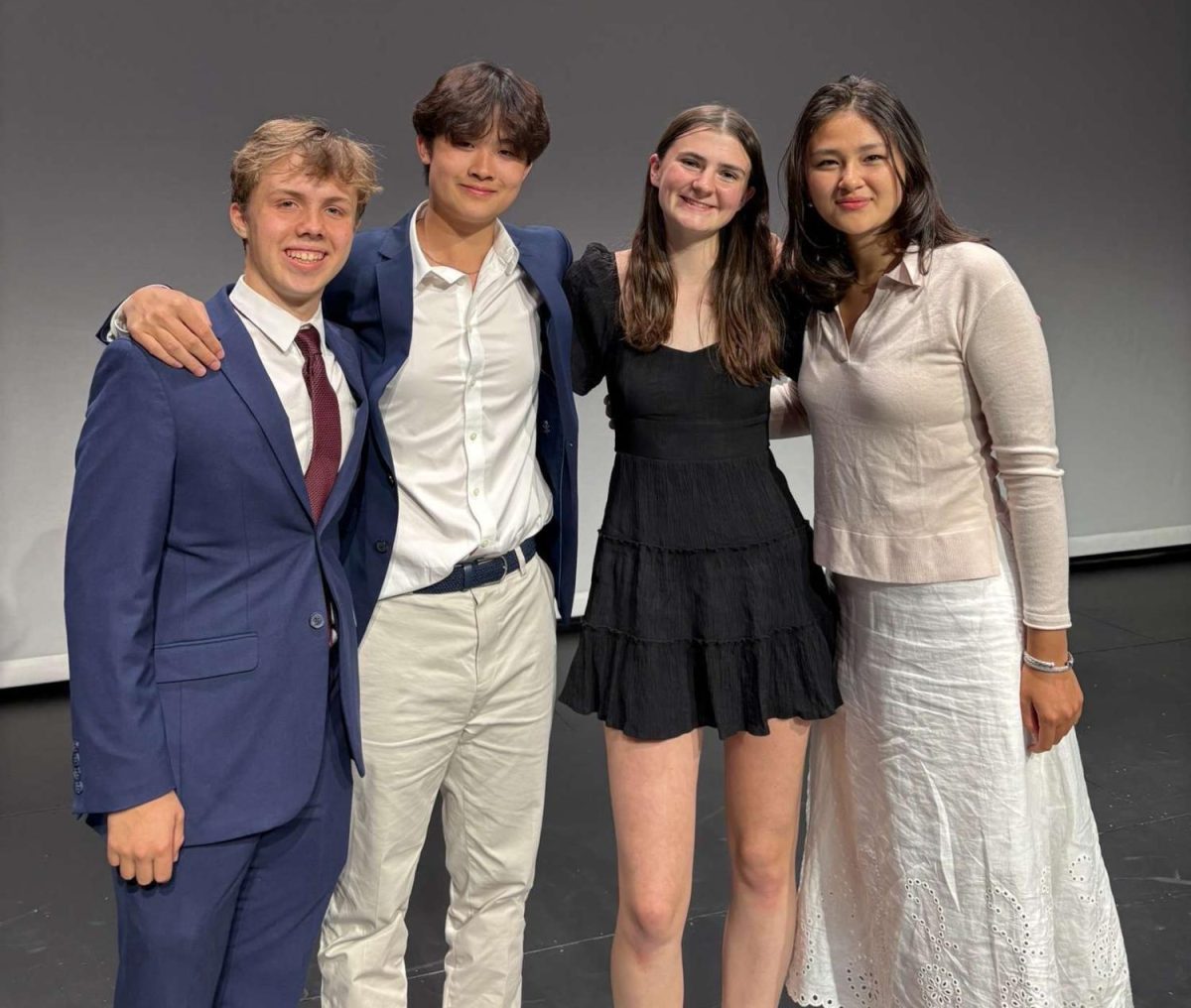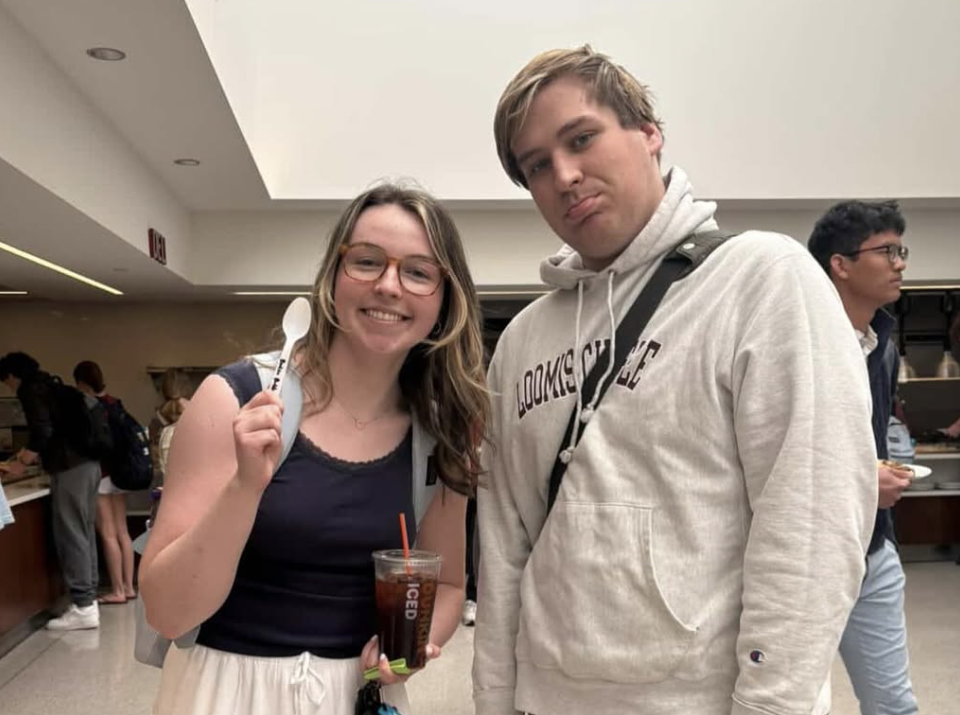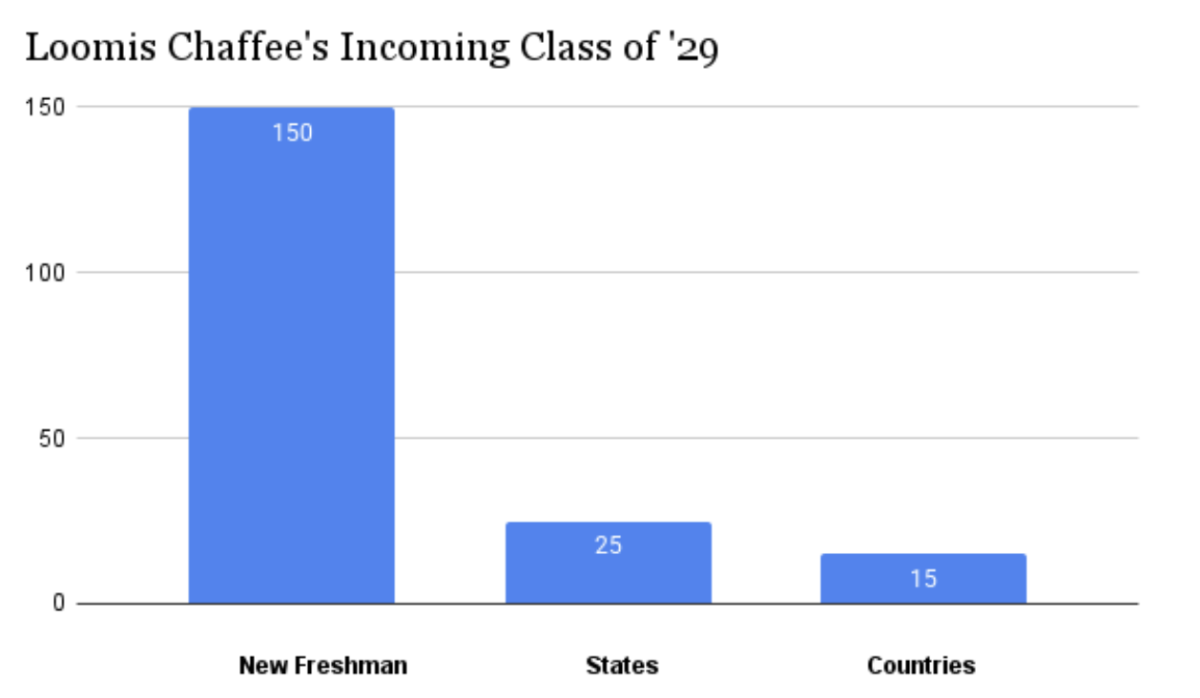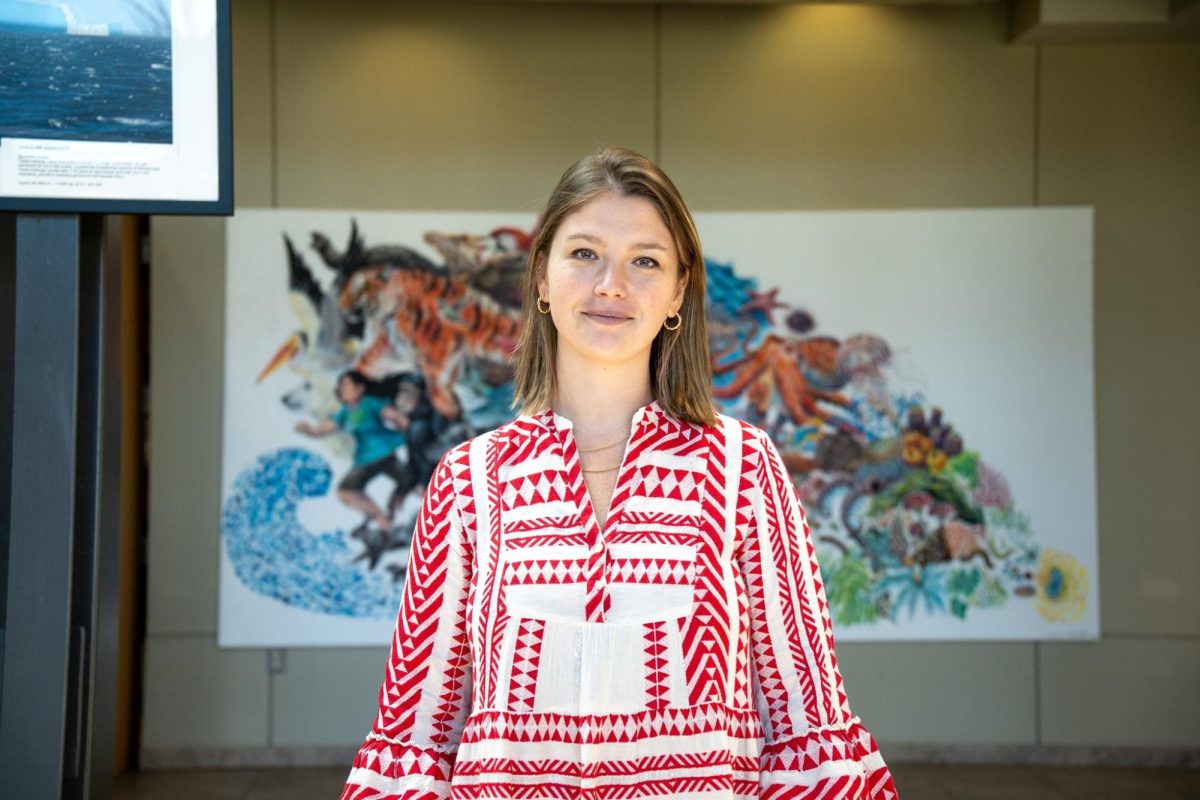With the start of the school year, Loomis Chaffee’s Richmond Art Center is already in full swing with art shows from various exhibitors: Accumulated Proximities by Howard el-Yasin and Flora Wilds exhibited in the Sue and Eugene Mercy Jr. Gallery, the Community Art Show featuring faculty artworks, and the Emerging Artists and Writers Show presenting student work.
Based in New Haven, the work of Howard el-Yasin dives deep into concepts including racial and gender identities, and marginalization. Flora Wilds, on the other hand, incorporates the ideas of feminism, pop culture, and the transformation of society throughout time in her creative works.
The two artists explored how physical artworks can carry significant thematic messages and how discarded, used, and unpretentious materials can be reconstructed to embody more nuanced implications.
El-Yasin’s three displayed works, Grey Matter, We the People, and Mostly Cotton Residue, are all made from lint collected in public laundromats and domestic homes. While usually regarded as dirty and residual, they are brought to life in el-Yasin’s work. For example, “Grey Matter,” the tallest artwork in the exhibition, features accumulated lint stacked to the ceiling—on the verge of tipping but still standing.
“People bring memories and associations and experiences to the objects,” Artist Flora Wilds said.
As students and visitors took a closer look, a multitude of items could be seen: an earring, a sock, or a piece of hair weave. The massive structure carried an accumulation and proximation of time, memory, and history.
“I’m interested in things that are marginalized so I often collect things that are discarded …I hope [people] … begin to see meaning and value differently in everything they do and they look at,” Artist Howard el-Yasin said.
Wilds’s artworks, but i’m young, swim ssssstretch 5, and bikini quilt column are mainly made up of clothes and bikinis recycled from online and thrift stores in Southern California and New York.
“My work is about finding mundane objects … and then choosing to provide a prolonged gaze upon these materials of our lives,” Wilds said.
In bikini quilt column, where 31 modern worn bikini tops connect the five quilts from 1910-1970, Wilds further traced how femininity changed from past to present. The artworks allowed many interpretations as different individuals were connected to them differently, and showed how the audience themselves can apply their meaning to the art.
Christian Ryan, director of the Mercy Gallery, commented on the preparations behind the exhibition. With the support of psychical plant, Loomis successfully launched the various art shows.
“We usually book [artists] about a year ahead of time; for this show, we had to get Howard’s tower built … had to have Flora’s large piece suspended by the ceiling. Luckily, the physical plant has been amazing … they helped so much, and we are eternally grateful,” said Director of the Mercy Gallery, Christian Ryan.
The Mercy Gallery actively looks to provide a platform for underrepresented artists. By fostering inclusivity and diversity within the art community at Loomis, the future of the Mercy Gallery is promising.
“It’s my hope that we’re able to give [artists] the space to do things that other galleries might not have the facilities or resources to do. My curatorial focus and mission is to bring underrepresented groups, underrepresented artists that haven’t really had that space before … We really want to be inclusive,” Mx. Ryan said.






